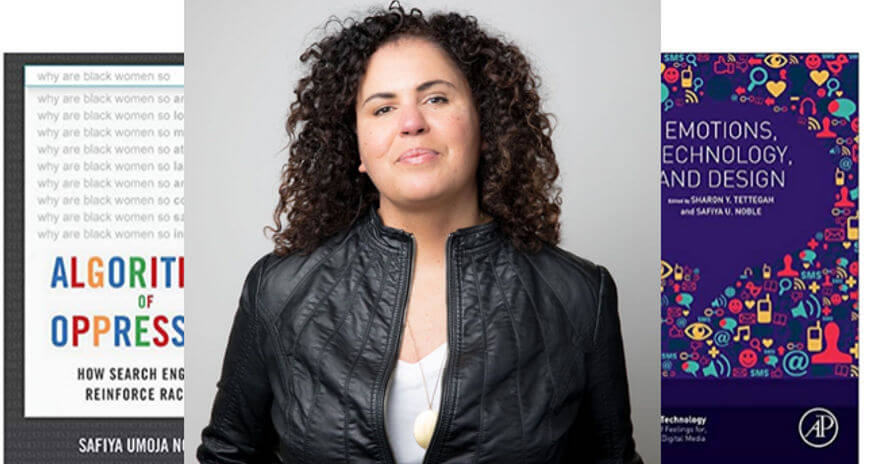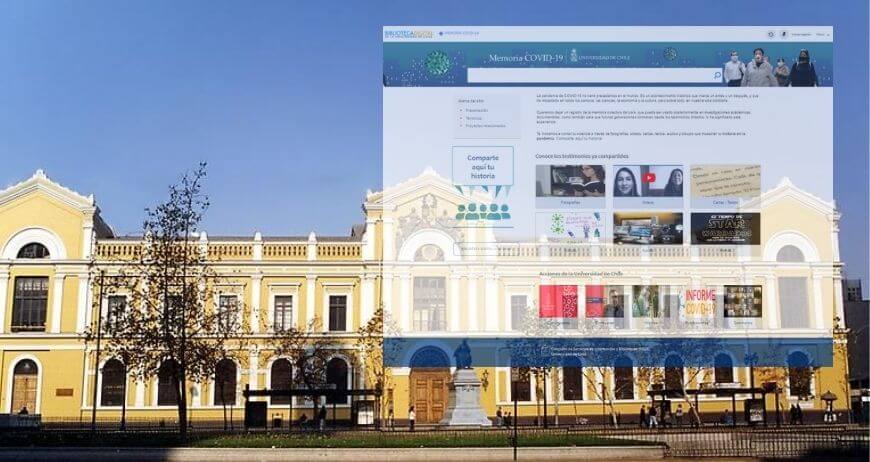At Ex Libris we are constantly on the lookout for new technologies that can help us make library software more effective and productive. In recent years we’ve been keeping a close eye on Linked Data and working to understand its potential for changing the way libraries manage data, connect their collections to the greater expanse of online knowledge, and deliver patron services. To make sure that our customer community is fully involved in this journey, we invited customers to join a collaborative program that will help us harness Linked Data technology in our resource management and discovery solutions—Alma and Primo.
The program provides a unique opportunity for participating institutions to be involved in bringing to life Linked Data features that will be highly valuable for all stakeholders—students, the library, and the institution as a whole. Over 15 institutions from North America, Asia and Europe have joined the program, and we will announce their names in the coming weeks. Partners will discuss the areas and user scenarios in which linked data is likely to have the most impact, and determine ways to incorporate linked data features into the Alma and Primo roadmaps.
As a result of our research and consultation into linked data for libraries, we have produced a new discussion paper: Putting Linked Data at the Service of Libraries (no registration required).
Our CTO, Shlomo Sanders, has been leading the Linked Data research initiative as well as the collaborative program. Shlomo is eager to stress that the outcomes of the program will be concrete features and functionalities in Ex Libris solutions, and not only ideas for future implementation. One important aspect of the collaboration will be finding ways to measure and demonstrate the impact of Linked Data on libraries’ educational objectives.
We will share more details about the collaborative program in the coming weeks. In the meantime you can read the discussion paper here.









